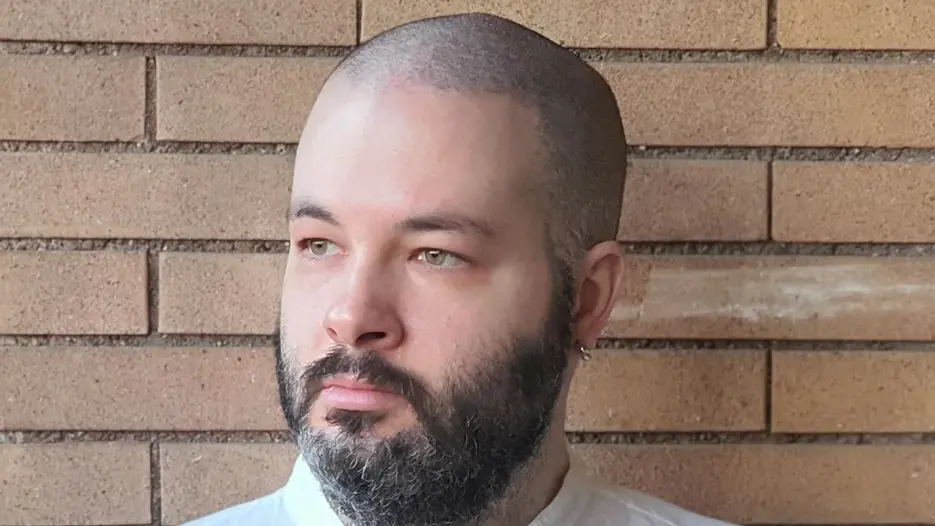Intellectual Mystics at Helfta: Mechtilde of Hackeborn’s Liber Specialis Gratiae.
In the focus of the present research stands the Cistercian monastery of Helfta, east of Eisleben (the city that gave birth to Martin Luther, in present-day Saxony-Anhalt), which became the radiating center of Saxon female mysticism in the 13th century. From 1251, under the guidance of the second abbess, Gertrude of Hackeborn (1232 – 1291 or 1292), the monastery experienced the period of its maximal cultural flourishing, above all due to the co-presence of three intellectual gems of vivid splendor: Mechtilde of Hackeborn, Gertrude of Helfta, and Mechtilde of Magdeburg.
Aim of this project is to analyze the Liber Specialis Gratiae, the collection of Mechtilde of Hackeborn’s mystical experiences at Helfta, which was put together by Gertrude of Helfta, addressing in particular the problems of the Latin tradition. An important issue is constituted by the anonymous nun co-editor of the actual drafting of the work: this figure, identified by K. Ruh with “N”, is in fact also the author of books III-V of the Legatus Divinae Pietatis of Gertrude, as well as of her life contained in the first book. The figure that emerges from these texts seemed to some as a spiritual clone of Mechtilde, whereas, in the passages written by her own hand, Gertrude showed a markedly different mystical dimension compared to that of the older sister. It is therefore necessary a work of philological detail for which the presuppositions are still lacking (Ruh 2002, 311). Such a work would therefore be the solid foothold on which to base a valid comparison between the literary heritage of the two great mystics who grew up in the monastery of Helfta, outlining their differences, meeting points and influences from the mysterious N, who could prove to be the true deus ex machina of the intellectual production in the Saxon convent.
